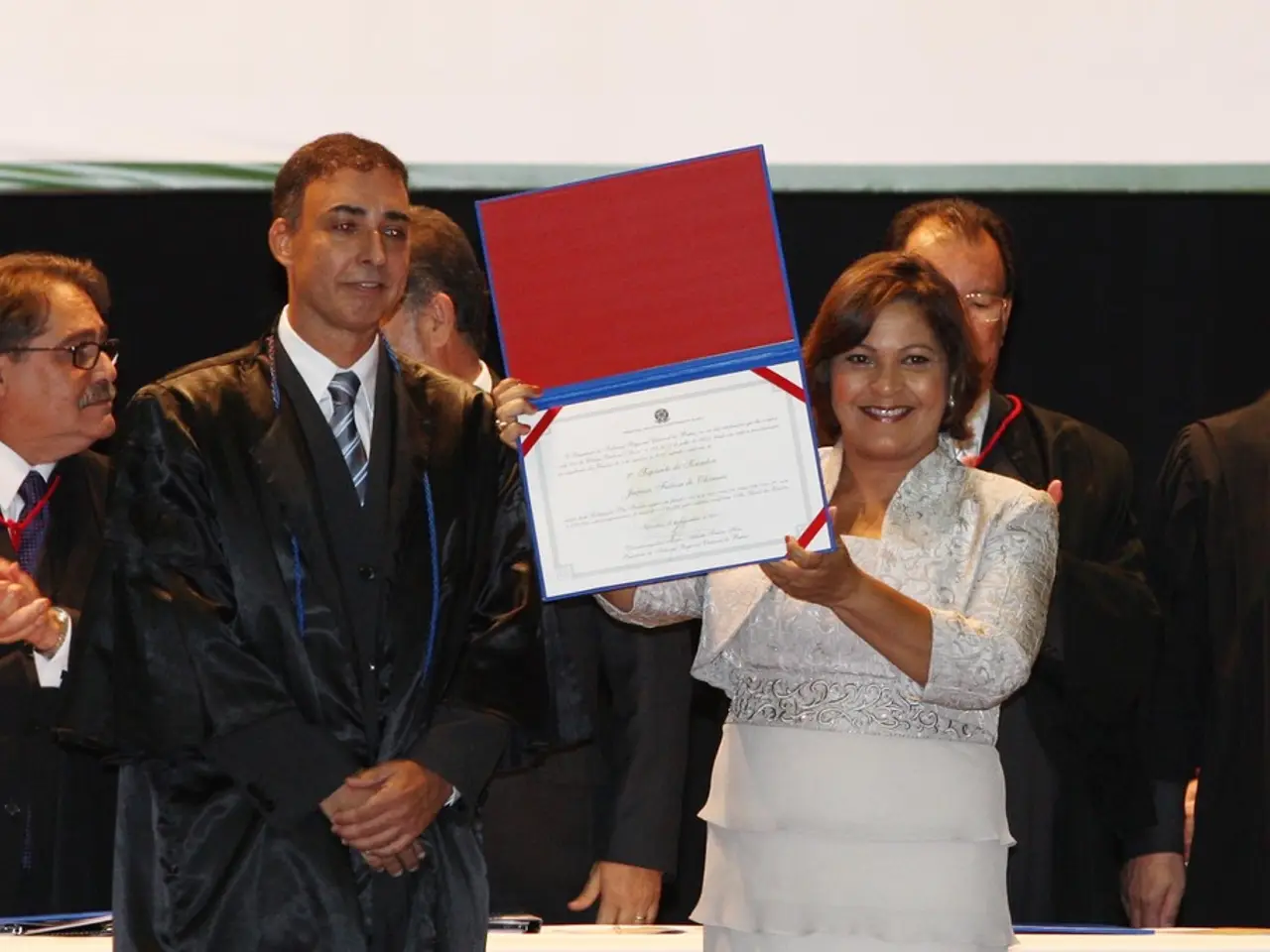Challenges in Sustainable Power Generation (and solutions being implemented)
In the ongoing pursuit of a sustainable future, the integration of renewable energy sources into the grid presents a unique set of challenges. Here's a roundup of some of the strategies and innovations that aim to address these challenges and ensure a reliable and efficient energy distribution.
Energy Storage Solutions
One of the key strategies for stabilizing renewable energy systems is energy storage. Large-scale battery farms, typically using lithium-ion batteries, can store excess energy generated during peak production periods and release it during low production times. This helps manage the intermittency of solar and wind power, ensuring a steady supply even when the sun isn't shining or the wind isn't blowing [1][2]. The cost of lithium-ion batteries has decreased significantly, making them a more viable option for energy storage [1].
Grid Flexibility and Smart Grid Technologies
Artificial intelligence can predict renewable energy generation and demand, optimizing energy consumption and enhancing grid stability. Flexibility services, including dynamic balancing of supply and demand in real-time, help manage fluctuations in renewable generation and demand patterns [3].
Demand Response Programs
Flexible demand management encourages consumers to shift their electricity use to times when renewable energy is abundant or to reduce usage during periods of scarcity.
Infrastructure Upgrades and Grid Safety
Enhanced distribution equipment and community-based projects, such as local microgrids and community solar farms, can reduce reliance on centralized grids and mitigate brownouts.
Advanced Forecasting
Predictive analytics allow grid operators to anticipate dips and peaks in renewable output, enabling them to prepare accordingly and maintain grid stability.
Innovative Solutions for Renewable Energy
In the world of electric vehicles, the energy from their large capacity batteries could be sold back into the grid to meet demand during peak usage. This could help make renewable energy more reliable and sustainable, as it would allow for a more consistent power output and reduce the need for backup generators [2].
Another intriguing solution is the development of a two-ton vertical takeoff aircraft in China, which could revolutionize the transportation industry [4].
In the realm of nuclear energy, a breakthrough 'secret alloy' has helped the US slash nuclear waste disposal time by more than 20 years, and nuclear reactors may revive the ancient dream of turning mercury into gold [6].
Lastly, a new Wi-Fi fingerprint technology tracks users' bodies without the need for devices, phones, or cameras, offering a fascinating glimpse into the future of technology [7].
These innovations and strategies underscore the ongoing efforts to make renewable energy systems more reliable and sustainable, ensuring a brighter, more stable future for our planet.
- Energy Storage: Levelling the Grid
- How Electric Cars Could Help Stabilize the Grid
- Smart Grid Technologies: The Future of Energy Management
- China's First Two-Ton Vertical Takeoff Aircraft Gets Flight Permit
- Enhanced Distribution Equipment: The Key to Grid Safety
- Nuclear Waste Disposal Time Slashed by Breakthrough 'Secret Alloy'
- Wi-Fi Fingerprint Technology Tracks Users' Bodies Without Devices
- The integration of renewable energy storage solutions, such as large-scale battery farms, addresses intermittency issues by storing excess energy for later use, thereby ensuring a steady supply of power.
- Innovation in the electric vehicle sector could help stabilize the grid through the sale of energy from their large capacity batteries during peak usage, making renewable energy more reliable.
- The implementation of smart grid technologies, which utilize artificial intelligence for predicting renewable energy generation and demand, optimizes energy consumption and enhances grid stability.
- The development of advanced solutions in robotics, such as China's two-ton vertical takeoff aircraft, offers potential for revolutionizing industries, but its impact on renewable energy systems is not immediately apparent.
- Infrastructure upgrades in the form of enhanced distribution equipment and community-based projects, like local microgrids and community solar farms, are key to reducing reliance on centralized grids and improving grid safety.
- Advancements in science and technology, like the 'secret alloy' that has helped the US reduce nuclear waste disposal time significantly, could play a crucial role in ensuring the sustainability of nuclear energy.
- The emergence of new technologies like Wi-Fi fingerprint tracking, which can track users' bodies without the need for devices, phones, or cameras, represent exciting possibilities for the future of technology, although their direct link to the renewable energy industry might not be immediate.




